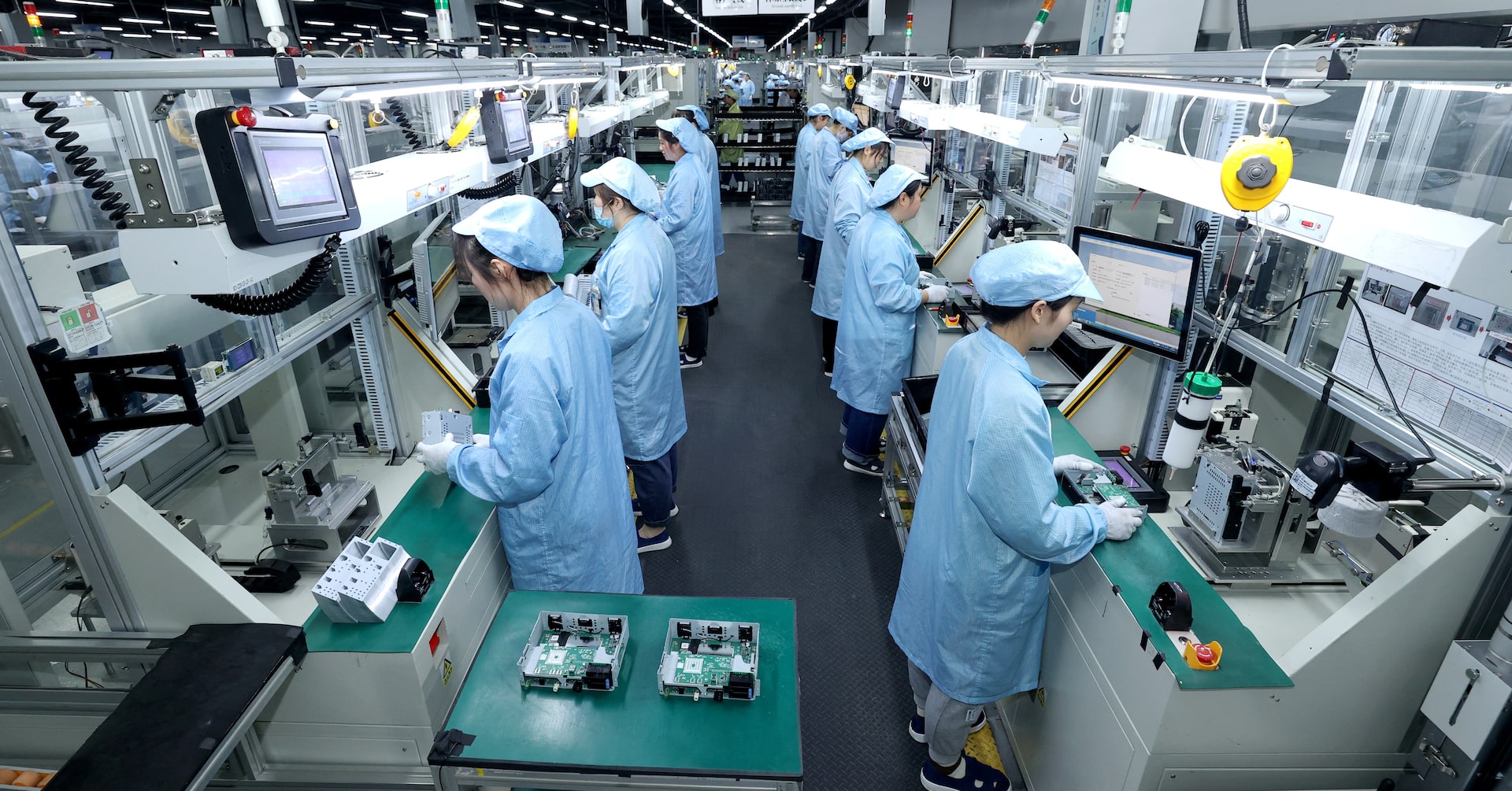Manufacturing Meltdown: China's Industrial Sector Stumbles Sharply in April Downturn

China's manufacturing sector faced renewed challenges in April, as an official survey revealed a contraction that dashed hopes of a sustained economic recovery. The unexpected downturn has reignited discussions about potential government stimulus measures, particularly in the wake of Donald Trump's recently imposed tariff package, which economists are dubbing "Liberation Day."
The latest data signals a setback for China's industrial landscape, interrupting two months of promising economic momentum. Manufacturers are grappling with persistent headwinds, including global trade tensions and domestic market uncertainties. This development underscores the fragility of China's economic recovery and may prompt policymakers to consider more aggressive intervention to stabilize industrial output.
Analysts are closely watching how the government might respond to this unexpected contraction, with many expecting targeted stimulus measures to reinvigorate the manufacturing sector. The timing is critical, as China continues to navigate complex international trade dynamics and seeks to maintain economic resilience in an increasingly unpredictable global environment.
